The Gilgamesh Project
Of all mankind’s ostensibly insoluble problems, one has remained the most vexing, interesting and important: the problem of death itself. Before the late modern era, most religions and ideologies took it for granted that death was our inevitable fate. Moreover, most faiths turned death into the main source of meaning in life. Try to imagine Islam, Christianity or the ancient Egyptian religion in a world without death. These creeds taught people that they must come to terms with death and pin their hopes on the afterlife, rather than seek to overcome death and live for ever here on earth. The best minds were busy giving meaning to death, not trying to escape it.
That is the theme of the most ancient myth to come down to us – the Gilgamesh myth of ancient Sumer. Its hero is the strongest and most capable man in the world, King Gilgamesh of Uruk, who could defeat anyone in battle. One day, Gilgamesh’s best friend, Enkidu, died. Gilgamesh sat by the body and observed it for many days, until he saw a worm dropping out of his friend’s nostril. At that moment Gilgamesh was gripped by a terrible horror, and he resolved that he himself would never die. He would somehow find a way to defeat death. Gilgamesh then undertook a journey to the end of the universe, killing lions, battling scorpion-men and finding his way into the underworld. There he shattered the mysterious “stone things” of Urshanabi, the ferryman of the river of the dead, and found Utnapishtim, the last survivor of the primordial flood. Yet Gilgamesh failed in his quest. He returned home empty-handed, as mortal as ever, but with one new piece of wisdom. When the gods created man, Gilgamesh had learned, they set death as man’s inevitable destiny, and man must learn to live with it.
Disciples of progress do not share this defeatist attitude. For men of science, death is not an inevitable destiny, but merely a technical problem. People die not because the gods decreed it, but due to various technical failures – a heart attack, cancer, an infection. And every technical problem has a technical solution. If the heart flutters, it can be stimulated by a pacemaker or replaced by a new heart. If cancer rampages, it can be killed with drugs or radiation. If bacteria proliferate, they can be subdued with antibiotics. True, at present we cannot solve all technical problems. But we are working on them. Our best minds are not wasting their time trying to give meaning to death. Instead, they are busy investigating the physiological, hormonal and genetic systems responsible for disease and old age. They are developing new medicines, revolutionary treatments and artificial organs that will lengthen our lives and might one day vanquish the Grim Reaper himself.
Until recently, you would not have heard scientists, or anyone else, speak so bluntly. ‘Defeat death?! What nonsense! We are only trying to cure cancer, tuberculosis and Alzheimer’s disease,’ they insisted. People avoided the issue of death because the goal seemed too elusive. Why create unreasonable expectations? We’re now at a point, however, where we can be frank about it. The leading project of the Scientific Revolution is to give humankind eternal life. Even if killing death seems a distant goal, we have already achieved things that were inconceivable a few centuries ago. In 1199, King Richard the Lionheart was struck by an arrow in his left shoulder. Today we’d say he incurred a minor injury. But in 1199, in the absence of antibiotics and effective sterilisation methods, this minor flesh wound turned infected and gangrene set in. The only way to stop the spread of gangrene in twelfth-century Europe was to cut off the infected limb, impossible when the infection was in a shoulder. The gangrene spread through the Lionheart’s body and no one could help the king. He died in great agony two weeks later.
As recently as the nineteenth century, the best doctors still did not know how to prevent infection and stop the putrefaction of tissues. In field hospitals doctors routinely cut off the hands and legs of soldiers who received even minor limb injuries, fearing gangrene. These amputations, as well as all other medical procedures (such as tooth extraction), were done without any anaesthetics. The first anaesthetics – ether, chloroform and morphine – entered regular usage in Western medicine only in the middle of the nineteenth century. Before the advent of chloroform, four soldiers had to hold down a wounded comrade while the doctor sawed off the injured limb. On the morning after the battle of Waterloo (1815), heaps of sawn-off hands and legs could be seen adjacent to the field hospitals. In those days, carpenters and butchers who enlisted to the army were often sent to serve in the medical corps, because surgery required little more than knowing your way with knives and saws.
In the two centuries since Waterloo, things have changed beyond recognition. Pills, injections and sophisticated operations save us from a spate of illnesses and injuries that once dealt an inescapable death sentence. They also protect us against countless daily aches and ailments, which premodern people simply accepted as part of life. The average life expectancy jumped from around twenty-five to forty years, to around sixty-seven in the entire world, and to around eighty years in the developed world.
Death suffered its worst setbacks in the arena of child mortality. Until the twentieth century, between a quarter and a third of the children of agricultural societies never reached adulthood. Most succumbed to childhood diseases such as diphtheria, measles and smallpox. In seventeenth-century England, 150 out of every 1,000 newborns died during their first year, and a third of all children were dead before they reached fifteen. Today, only five out of 1,000 English babies die during their first year, and only seven out of 1,000 die before age fifteen.
We can better grasp the full impact of these figures by setting aside statistics and telling some stories. A good example is the family of King Edward I of England (1237–1307) and his wife, Queen Eleanor (1241–90). Their children enjoyed the best conditions and the most nurturing surroundings that could be provided in medieval Europe. They lived in palaces, ate as much food as they liked, had plenty of warm clothing, well-stocked fireplaces, the cleanest water available, an army of servants and the best doctors. The sources mention sixteen children that Queen Eleanor bore between 1255 and 1284:
1. An anonymous daughter, born in 1255, died at birth.
2. A daughter, Catherine, died either at age one or age three.
3. A daughter, Joan, died at six months.
4. A son, John, died at age five.
5. A son, Henry, died at age six.
6. A daughter, Eleanor, died at age twenty-nine.
7. An anonymous daughter died at five months.
8. A daughter, Joan, died at age thirty-five.
9. A son, Alphonso, died at age ten.
10. A daughter, Margaret, died at age fifty-eight.
11. A daughter, Berengeria, died at age two.
12. An anonymous daughter died shortly after birth.
13. A daughter, Mary, died at age fifty-three.
14. An anonymous son died shortly after birth.
15. A daughter, Elizabeth, died at age thirty-four.
16. A son, Edward.
The youngest, Edward, was the first of the boys to survive the dangerous years of childhood, and at his father’s death he ascended the English throne as King Edward II. In other words, it took Eleanor sixteen tries to carry out the most fundamental mission of an English queen – to provide her husband with a male heir. Edward II’s mother must have been a woman of exceptional patience and fortitude. Not so the woman Edward chose for his wife, Isabella of France. She had him murdered when he was forty-three.
To the best of our knowledge, Eleanor and Edward I were a healthy couple and passed no fatal hereditary illnesses on to their children. Nevertheless, ten out of the sixteen – 62 per cent – died during childhood. Only six managed to live beyond the age of eleven, and only three – just 18 per cent – lived beyond the age of forty. In addition to these births, Eleanor most likely had a number of pregnancies that ended in miscarriage. On average, Edward and Eleanor lost a child every three years, ten children one after another. It’s nearly impossible for a parent today to imagine such loss.
How long will the Gilgamesh Project – the quest for immortality – take to complete? A hundred years? Five hundred years? A thousand years? When we recall how little we knew about the human body in 1900, and how much knowledge we have gained in a single century, there is cause for optimism. Genetic engineers have recently managed to double the average life expectancy of Caenorhabditis elegans worms. Could they do the same for Homo sapiens? Nanotechnology experts are developing a bionic immune system composed of millions of nano-robots, who would inhabit our bodies, open blocked blood vessels, fight viruses and bacteria, eliminate cancerous cells and even reverse ageing processes. A few serious scholars suggest that by 2050, some humans will become a-mortal (not immortal, because they could still die of some accident, but a-mortal, meaning that in the absence of fatal trauma their lives could be extended indefinitely).•

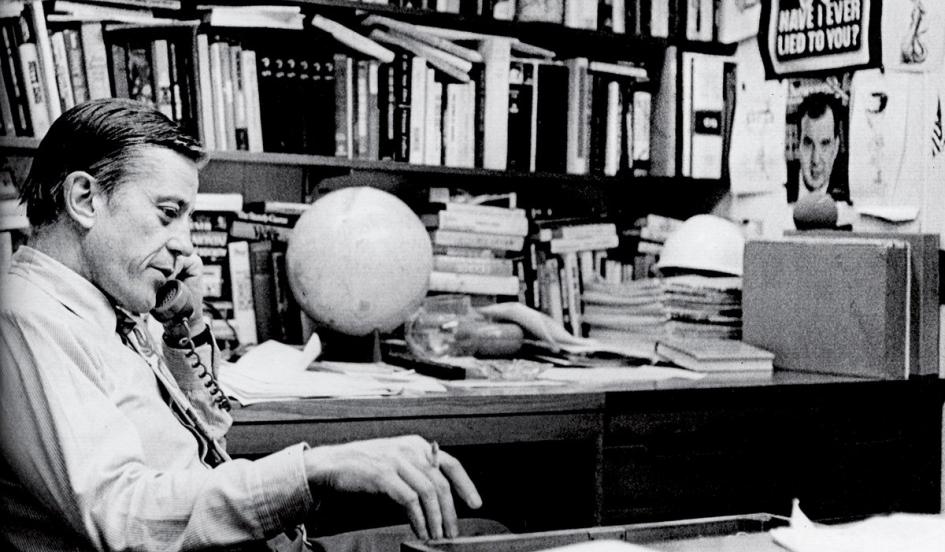
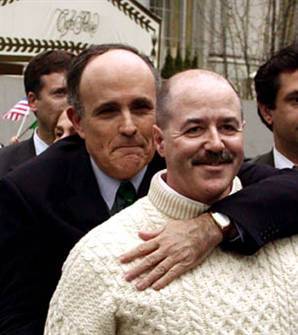
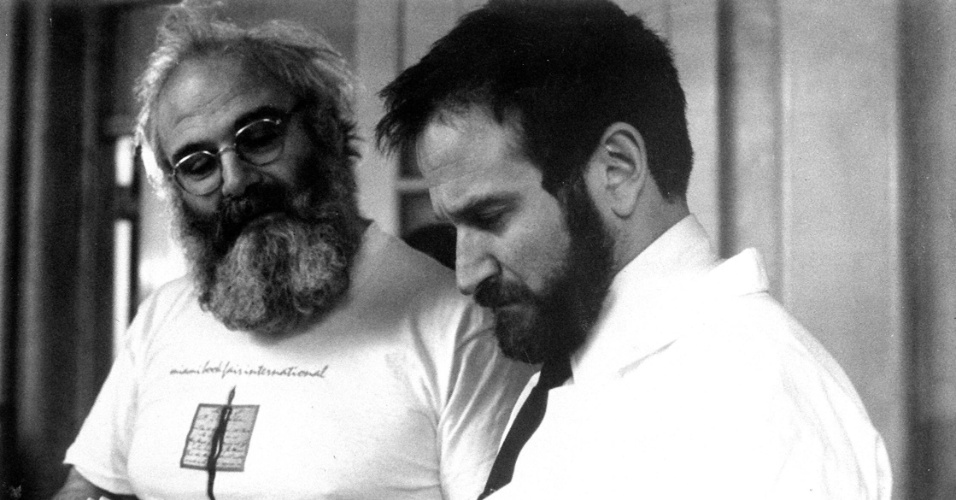














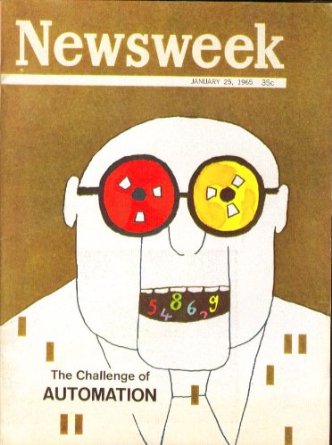



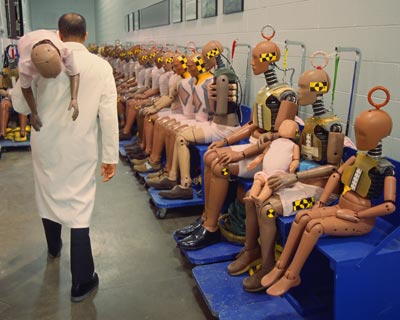








 Humans are the worst thing ever for other species, especially megafauna. When we began to appear on continents, they started to largely disappear. Some of it was unavoidable if we were going to settle all over the globe, since we needed to burn through tall grasses and forestry to explore and establish. But plenty of it could be avoided, if we begin to realize that other creatures aren’t merely meat and target practice. E.O. Wilson has suggested the “
Humans are the worst thing ever for other species, especially megafauna. When we began to appear on continents, they started to largely disappear. Some of it was unavoidable if we were going to settle all over the globe, since we needed to burn through tall grasses and forestry to explore and establish. But plenty of it could be avoided, if we begin to realize that other creatures aren’t merely meat and target practice. E.O. Wilson has suggested the “